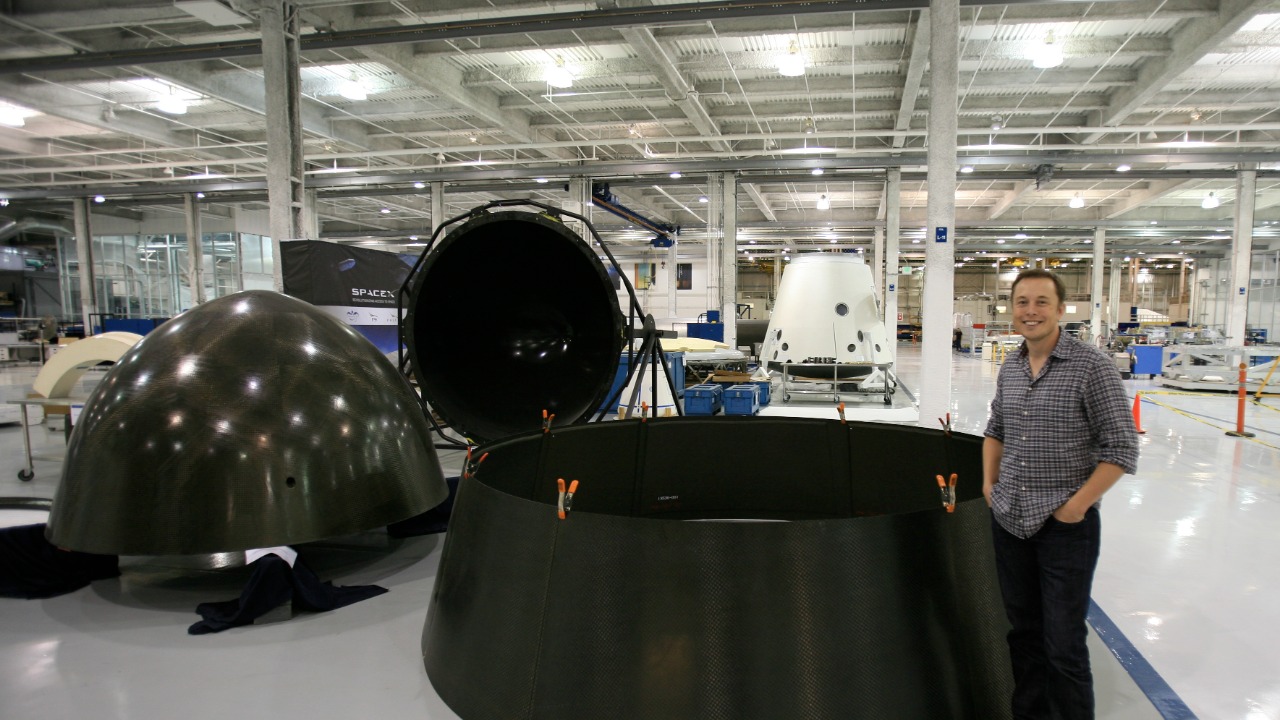
Elon Musk, the visionary behind SpaceX and Tesla, has recently proposed a novel approach to combat climate change. On October 10, 2023, Musk announced his plan to deploy a network of artificial intelligence (AI)-controlled satellites that would form a “shield” in space, dimming sunlight to reduce Earth’s temperature. This ambitious concept, inspired by the existing Starlink network, could potentially launch up to 10,000 small reflective satellites to block 1-2% of incoming solar radiation, a move Musk believes could be a game-changer in humanity’s fight against global warming.
Musk’s Announcement and Initial Vision
Elon Musk took to Twitter to announce his innovative proposal, stating, “AI satellites could form a shield to dim the Sun and fight climate change—let’s make it happen with SpaceX tech.” The idea is to block a small percentage of sunlight, which, according to geoengineering models Musk referred to, could lower global temperatures by approximately 1 degree Celsius. This concept is not entirely new to SpaceX, as the company already operates a constellation of over 5,000 satellites, known as Starlink, in low Earth orbit.
Technical Details of the Satellite Shield
The proposed shield would be comprised of 10,000 lightweight, AI-powered satellites. These would be positioned at the L1 Lagrange point, a location 1.5 million kilometers sunward from Earth, where they could maintain a stable orbit without the need for propulsion. Each satellite would be equipped with reflective mirrors or aerosols, which could be deployed and adjusted dynamically based on real-time climate data. This would ensure precise control over the reflection of sunlight. Musk plans to integrate the deployment of these satellites with SpaceX’s Falcon 9 rockets, with initial prototypes potentially launching from Cape Canaveral, Florida, within the next five years.
Connections to Geoengineering Concepts
Musk’s proposal is a modern take on historical geoengineering ideas, specifically solar radiation management (SRM). This concept was first seriously modeled in a 1965 report by the U.S. President’s Science Advisory Committee. The idea of using satellites for SRM has been previously suggested by researchers like David Keith at Harvard University, who in 2021 advocated for stratospheric aerosol injection but noted that satellite-based alternatives could avoid certain atmospheric risks. The AI component of Musk’s proposal draws from his xAI company, which was founded in July 2023 and specializes in optimizing satellite positioning and response to weather patterns.
Potential Benefits for Climate Mitigation
By dimming the Sun, the proposed shield could rapidly reduce the effects of global warming. Preliminary models cited by Musk suggest that it could potentially avert 0.5-1 degree Celsius of temperature rise by 2050. Unlike carbon capture methods, this approach is reversible and can be quickly adjusted via AI to prevent over-cooling or regional imbalances. Supporters of the idea, including climate engineer Janos Pasztor, argue that it could buy time for decarbonization efforts, as stated in his 2022 UN report on SRM governance.
Risks and Scientific Criticisms
However, the proposal has not been without its critics. Climate scientist Alan Robock from Rutgers University warns that dimming the Sun could disrupt monsoons and agriculture, potentially causing droughts in regions like South Asia. This is based on his 2009 modeling study, which highlighted the potential risks of SRM. There are also concerns about unintended ecological impacts, such as altered photosynthesis rates for plants and oceans. A 2023 study in Nature estimated that reduced sunlight could lead to up to 10% biodiversity loss. Furthermore, there are governance challenges to consider, as no international treaty currently exists for space-based geoengineering. The Outer Space Treaty of 1967 prohibits harmful interference but lacks specifics on this matter.
Expert Reactions and Next Steps
Reactions to Musk’s proposal have been mixed. Naomi Klein, author of “This Changes Everything,” criticized the idea as “techno-fantasy masking corporate greenwashing” in an interview. On the other hand, physicist Michio Kaku expressed support, tweeting, “Musk’s shield is bold science—AI makes it feasible.” As for the next steps, SpaceX plans to conduct feasibility studies in collaboration with NASA starting in 2024. This will include orbital simulations from the Jet Propulsion Laboratory in Pasadena, California. As with any ambitious proposal, only time will tell if Musk’s vision can become a reality.
More from MorningOverview